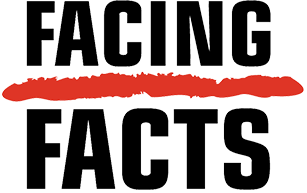Private: Understanding & Identifying Anti-Muslim Hate crime
Misconceptions around Muslim communities often leads to stereotyping and discrimination that can escalate further.
For whom?
By offering unique insights into anti-Muslim specific hate crime and to the communities impacted by it, this course represents a key tool for civil society organisations and law enforcement who want to build their monitoring and recording capacities, as well as for individual activists who want to deepen their knowledge of islamophobia and its impact on victims and society.
About this course
This online course offers a dynamic insight into understanding and identifying anti-Muslim hate crime, combining exhaustive theory and challenging exercises to present a victim centered approach to this specific type of hate crime. The course presents an extensive overview of the most common islamophobic bias indicators and challenge participants to build a list of indicators for their national/local context. It provides a thorough and challenging presentation of the many and multifaceted Muslim communities, and how they can be affected by prejudice and hate crimes.
- The course is suitable for all and ideal for police officers and members of civil society organizations who would like to:
- recognize the signs of prejudice, hostility and bias that drive islamophobic hate crime
- understand the impact of anti-Muslim hate crime on victims, Muslim communities and the society
- identify and articulate potential bias indicators to unmask islamophobic crime
- learn more about how to reach out to victims, their communities and offer support
- learn which key questions to ask when interviewing victims, witnesses and suspects, to effectively unmask evidence of bias motivation
At the end of the course you will be able to…
- Recognise and explain the nature and impact of islamophobic hate crime
- Identify and enumerate potential islamophobic bias indicators
- Assess victims needs and be able to signpost available support mechanism
- Explore the complexity and diversities of the groups who face islamophobia
- Consider strategies that encourage victims’ confidence in reporting



 Facing Facts is co-funded by the Citizens, Equality, Rights and Values Programme
Facing Facts is co-funded by the Citizens, Equality, Rights and Values Programme